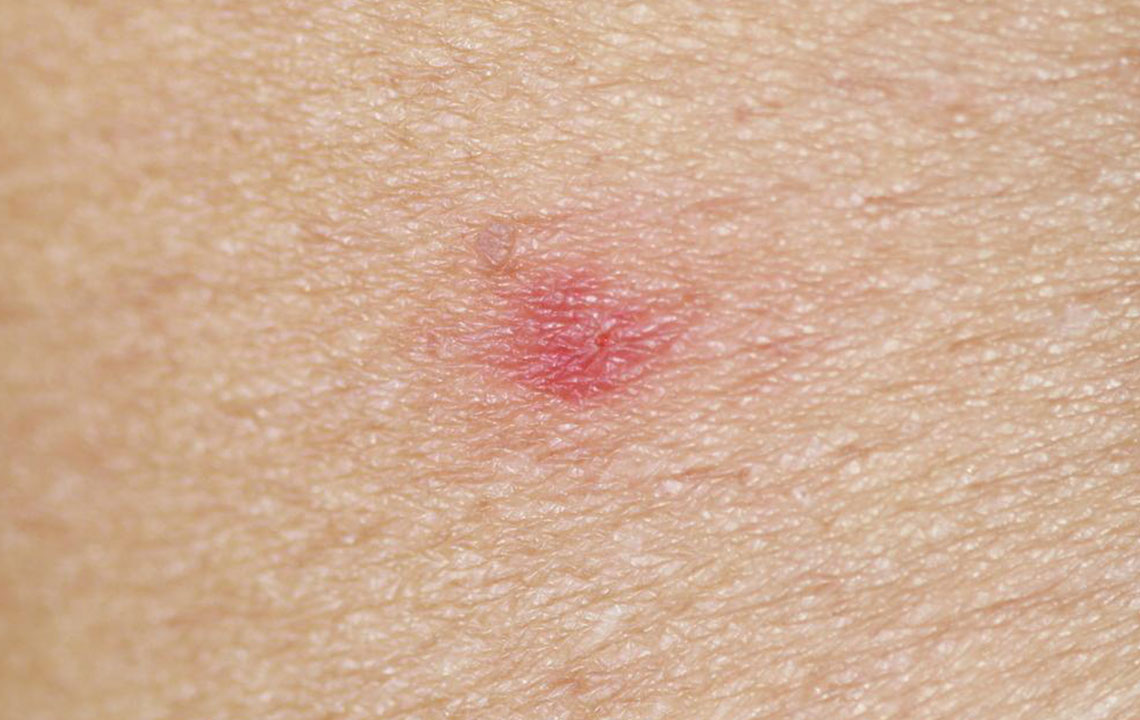How to identify a bug bite
Bug bites can be harmless but some of them can be infectious and pass on many diseases through the blood. Getting bitten by an insect can be a weird experience, especially when you’re not aware of it and you see a patch of skin becoming red or blue. By identifying insect bites, you can be assured whether they are really harmless or need medication.
Let’s look at the different types of bug bites:
Mosquito Bites
Mosquito bites are characterized by circular or round skin bumps with an itchy red or pink hue. Parasite-infected mosquito bites can cause malaria and other diseases that can cause short-term flu or illness.

Bed Bug Bites
These form rows of red dots or marks on your skin and are usually located near the neck, face, or hands. Bed bug bites can’t be felt since they are delicate and are characterized by itching following by raised red skin bumps. Allergic reactions to the skin may occur and may require a visit to the dermatology department. Identifying insect bites like bed bug bites can help you take preventive measures while sleeping.
Spider Bites
You can learn to identify insect bites such as spider bites by red inflamed skin near the affected area followed by pain. These are not poisonous; however, if you have problems breathing, experience chest pain or have difficulty in swallowing food and liquids, then it’s time to get checked. Insect bites from spiders like the black widow and brown recluse require immediate medical care and are characterized by puncture wounds on the skin. These require emergency medical attention.
Learning the ways to identify insect bites listed above can help you avoid pain and also know the difference between a harmless bite versus something that requires instant atention. Wearing proper clothing or spraying your clothes with a bit of organic bug repellent may serve as effective countermeasures for future bug bites.

